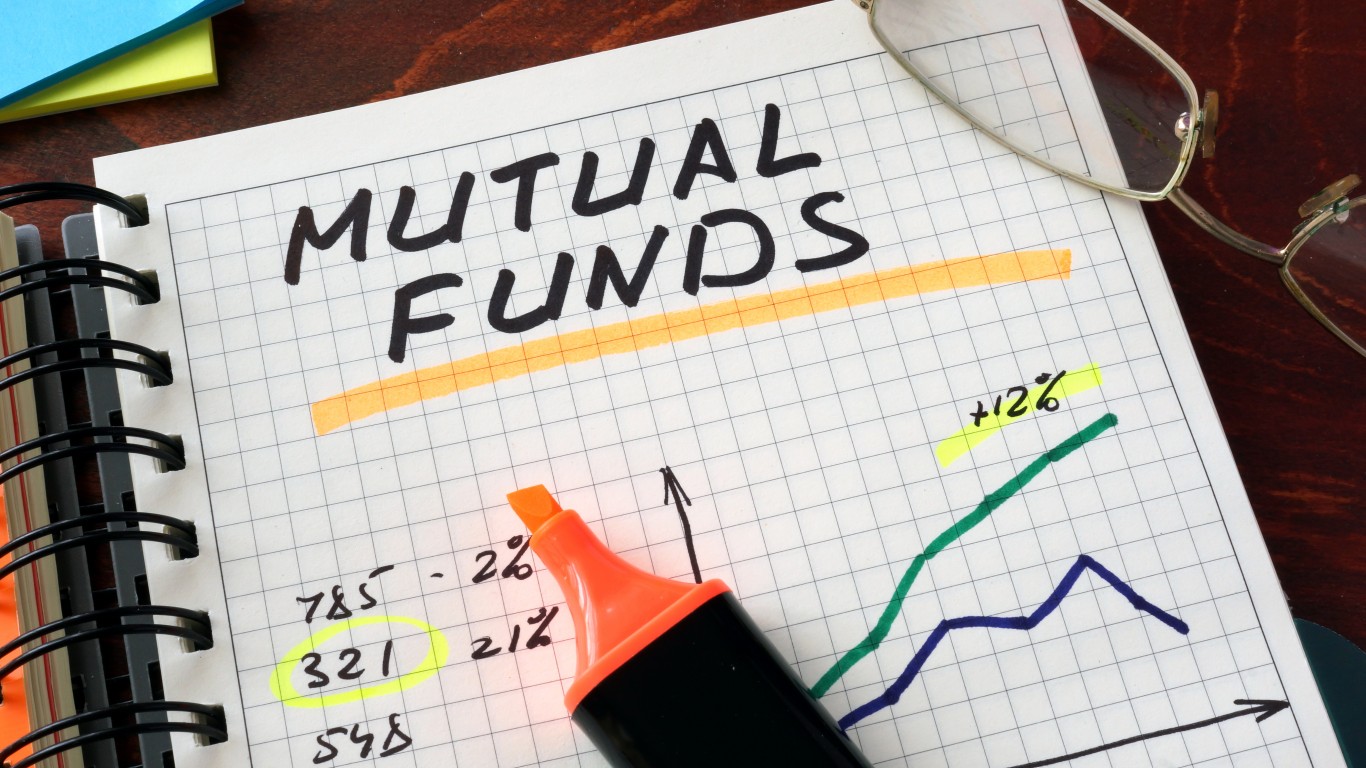Investing
Baby Boomer Alert: Sell the Huge 2-Year Rally Now and Do These 5 Moves Fast

Published:

While getting to retirement age can be a blessing and a curse, the reality of counting on the U.S. government to provide for your needs is not the best idea. The full retirement age is 66 if you were born from 1943 to 1954. The full retirement age increases gradually if you were born from 1955 to 1960 until it reaches 67. For anyone born in 1960 or later, full retirement benefits are payable at age 67.
The incredible artificial intelligence-driven rally that kicked off two years ago has been the biggest and longest one since 1995-1996-1997, when the market was up 34%, 20%, and then 31%, respectively. While many predict another solid year in 2025, valuations are nosebleed high, like in the late 1990s.
Two of the four times the S&P 500 has scored back-to-back 20% returns took place during historic market bubbles. The late ’90s dot-com bubble led to a huge market collapse. Published data shows the current S&P 500 is 38 times cyclically adjusted earnings. While below the astronomical 43 times earnings hit in 1999, it is higher than any other time on record and equal to where we were in 1998.
Congratulations if you are 40 years old and enjoying peak earnings; you can survive a massive market sell-off. However, if you are a baby boomer looking to protect a lifetime’s worth of work and savings, you can’t afford the kind of crash that followed the dot-com era. The Nasdaq fell by 75% from March 2000 to October 2002, erasing most gains since the bubble started building.
The stock market took several years to recover after the dot-com crash. The S&P 500 took around four years to reach its pre-crash highs. The Nasdaq took even longer, not fully recovering until around 2015, roughly 15 years after the bubble burst.
Most financial advisors feel that baby boomers nearing retirement should generally invest a lower percentage of their portfolio in stocks. A typical recommendation is around 30-60% in stocks, depending on their age and risk tolerance, with the rest allocated to more stable assets like bonds and cash equivalents; for example, a 70-year-old might consider having only 30% in stocks and the rest in fixed-income investments.
Here are five moves that baby boomers should make right now because a big sell-off or even a 20% market correction is not a question of if but when.

Margin is money borrowed from a broker to purchase an investment. When times are good, using margin loans to buy more stock is a dangerous plan for younger individual investors and a crime for baby boomers, especially when those margin positions are high-volatility momentum stocks. A market collapse could destroy a highly leveraged investment account.

Pay off all of your debt unless you have an ultra-low interest rate mortgage and car note. Credit card debt and many revolving charge accounts like department stores are criminally high. Suppose your only monthly costs are utility bills, insurance, and other standard cost-of-living items. In that case, Social Security and passive income from stocks, bonds, rental real estate, and more will go a lot farther.

An old rule of thumb that many financial advisors pooh-pooh today is subtracting your age from 100, which is the percentage you should have in the stock market. If you are 65, 100-65=35. That’s the 35% maximum you should have in stocks. In addition, those stocks should be blue-chip large caps that pay solid and dependable dividends.

Dividend reinvestment is a great way for baby boomers to continue to grow their wealth steadily and keep up with inflation. So, ensure that all the dividend-paying stock and mutual funds in personal and retirement accounts are coded to reinvest all capital gains and dividends. This allows you to buy more shares when prices are hit hard. The fourth quarter is ending, and many stocks and funds pay dividends on a calendar quarterly basis.

Treasury bonds include a range of debt securities issued and backed by the U.S. government. Sell high-volatility stocks and look at the short end of the Treasury market. The two-year note, like all Treasury debt, is guaranteed by the full faith and credit of the United States and yields a solid 4.20%. One-year certificates of deposit yield as high as 5.66%, and money market savings accounts, FDIC insured up to $250,000, yield anywhere from 3.75% to 4.5% with daily liquidity.
Grab Magnificent Monthly Passive Income From 5 High-Yielding Quality Stocks
Credit card companies are pulling out all the stops, with the issuers are offering insane travel rewards and perks.
We’re talking huge sign-up bonuses, points on every purchase, and benefits like lounge access, travel credits, and free hotel nights. For travelers, these rewards can add up to thousands of dollars in flights, upgrades, and luxury experiences every year.
It’s like getting paid to travel — and it’s available to qualified borrowers who know where to look.
We’ve rounded up some of the best travel credit cards on the market. Click here to see the list. Don’t miss these offers — they won’t be this good forever.
Thank you for reading! Have some feedback for us?
Contact the 24/7 Wall St. editorial team.